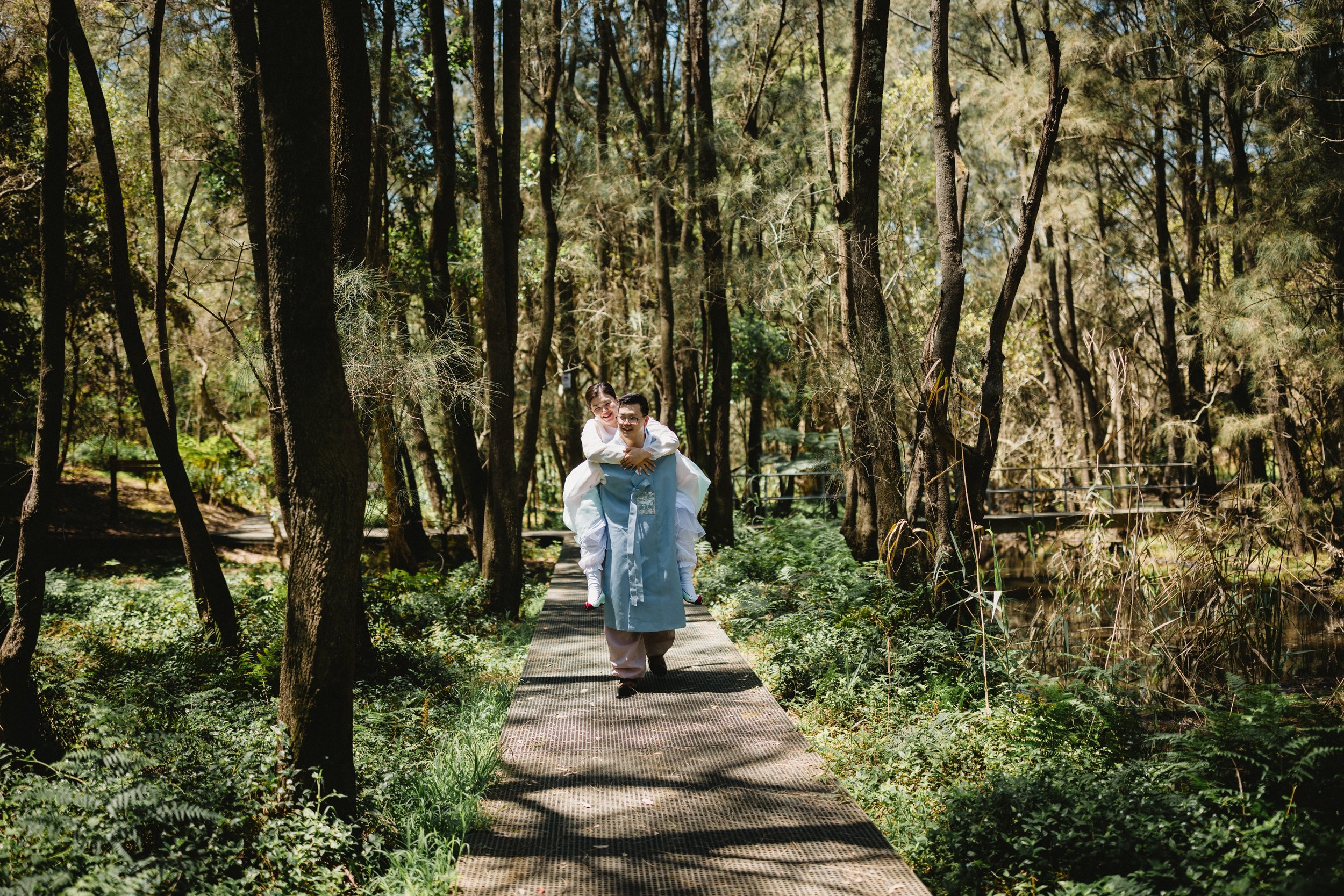Embracing Culture on Your Wedding Day 🎎
By: Chrissia Monica
Embracing culture on your wedding day is a beautiful way to honour your heritage and share it with your loved ones. It is true- one of the most wonderful things about living in Australia is that we’re always in the presence of other ethnicities and cultures. Even the Backstreet Boys said, I don’t care who you are, where you’re from, what you did, as long as you love me 🎵
Proudly incorporating cultural traditions not only enriches the celebration but also creates lasting memories for you and your guests. Of course, it's natural to seek out vendors who understand and respect your customs, ensuring that every detail reflects exactly what you need. After a decade in the wedding industry, it seems like we’re constantly amazed by other cultures and the special ways of celebrating weddings all around the world.
These are a few that we’ve done in the past:
Pyebaek (Korean)
Pyebaek is a traditional Korean wedding ceremony where the couple and their parents sit by a low table. The couple then receive blessings and gifts from their parents.
The bride and groom later give a series of bows- grand bow, half bow, and finally sitting down.
And the cutest part is, the groom will give a piggyback ride to the bride 👀 A few rounds sometimes!
2. Tea Ceremony
Tea ceremony is significant in many cultures such as Chinese, Vietnamese and Indonesian. The tradition varies depending on the region, but it’s loved by many and it’s an intimate way of celebrating your wedding with your closest family members!
A tea ceremony is a tradition where the bride and groom serve tea to their families, including parents, grandparents, aunts and uncles. It’s usually held at home, or at the wedding venue before the reception starts.
It’s a way of showing respect and appreciation to the people who raised you, and to acknowledge two families coming together. For the parents, it’s a way to congratulate the couple and to wish them all the good things in life to come.
3. Sungkeman (Indonesia)
Sungkeman is a tradition in Indonesia that origins from the word Sungkem. It is a sign of devotion and respect, as well as showing gratitude to parents for raising us from the day we were born until finally getting married.
In weddings, the bride and groom kneel before their parents to ask for their blessings. It’s usually done as a part of the wedding ceremony. We may or may not have shed some tears witnessing this very moment. Hey, we tried to be strong but it was really difficult, plus the choir was singing some really sad songs 😭
“Thank you mum, dad, for raising me to be the person I am today, and I’m ready to continue the rest of my life with my partner now”
4. Ula Fala (Sāmoa)
Ula Fala is a traditional Samoan necklace made from Pandanus fruit nuts. It’s worn to symbolise a person of high status, or to mark a celebratory occasion (such as weddings!).
The ula fala is painted bright red to describe courage, and making it difficult to miss at any ceremony or function.











